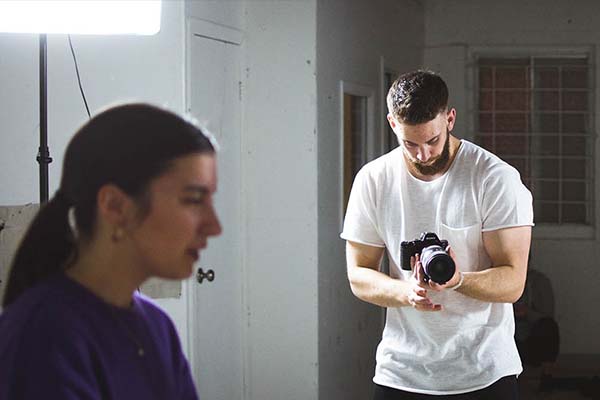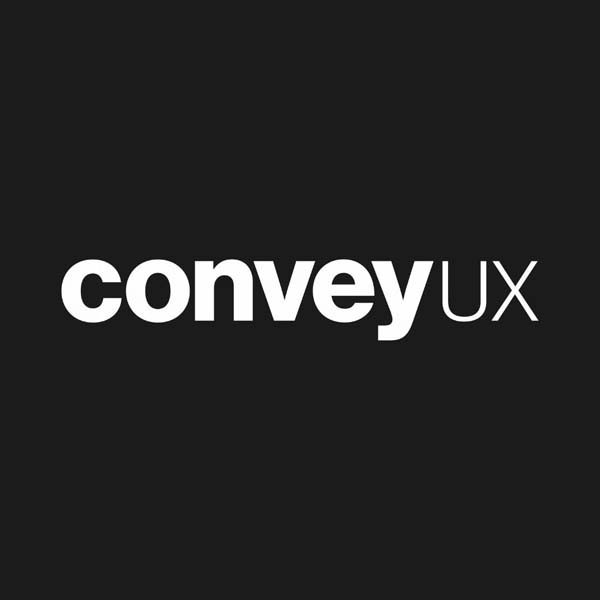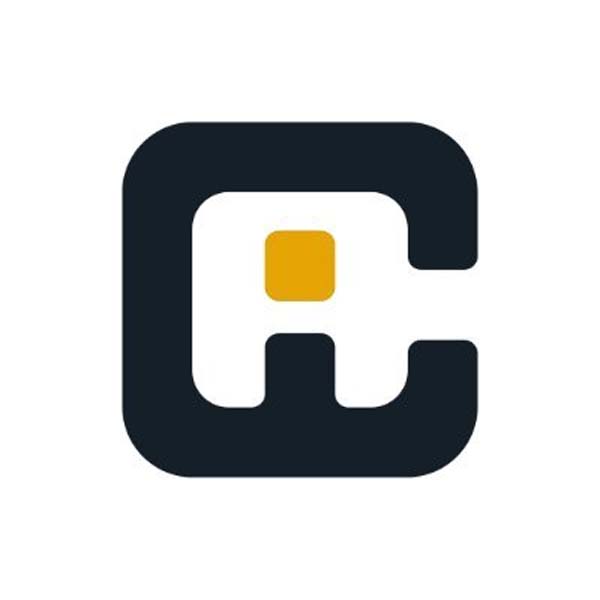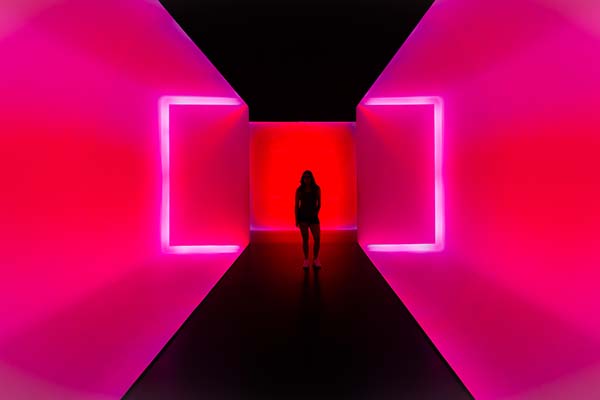Below is the list of all the UI UX Glossary and Jargon you need to know to survive as a UX professional. Updated regularly to keep you updated!
– Last Update: June 2017 –
- A
- B
- C
- D
- E
- F
- H
- I
- M
- P
- S
- T
- U
- V
- W
UI UX Glossary and Jargon
A/B Testing
Definition: A/B Testing is a method of comparing two versions of a website or product to determine which one has better performance.
Affinity Diagram
Definition: Affinity Diagram is a tool to organize ideas and data by grouping related ideas, opinions, issues and solutions together.
Brainwriting
Definition: Brainwriting is a tool used for creative thinking and rapid idea generation. In brainwriting, a group is formed to generate ideas. In the process of idea generation, the participants may or may not interact with each other. At the end of an interval of 10 to 15 minutes, the ideas are collected, organized and evaluated.
Card Sorting
Definition: Card sorting is a method commonly used to aid the design of information architecture, workflows, menu structure or website navigation paths. The researchers will first write down the key elements or concepts on index cards. The users will then reorganize the cards to establish structures or relationship.
Content Audit
Definition: A content audit is an accounting of all currently published web content and a cornerstone of content strategy. It is a qualitative analysis of information assets on a website; that is, the assessment of content and its relationship to surrounding information assets within specified website content analysis parameters. Source: Content Audit
Content Strategy
Definition: Content strategy refers to the creation, publication, and governance of useful, usable content, according to Kristina Halvorson, author of the book Content Strategy for the Web. The goal of content strategy is to create meaningful, cohesive, engaging, and sustainable content.
Contextual Inquiry
Definition: Contextual inquiry is a semi-structured interview method to obtain information about the context of use where users are observed and questioned in their own environments.
Diary Study
Definition: Diary study is a qualitative research method where the users self-report their activities at regular intervals in the form of a diary.
Ethnography
Definition: Ethnography is a form of research to study and collect information on people and culture.
Field Study
Definition: Field study involves a collection of methods such as indirect interview, observation etc on users that takes place outside of lab or work space. Field study is usually conducted in the most natural environment for users.
Focus Group
Definition: Focus group is a qualitative research method where a group of participants is gathered to be interviewed about their opinions and perceptions toward a topic. The range of topics includes product, service, general trend, idea, marketing concept etc.
Heatmap
Definition: Heatmap is the graphical representation of data in colors. It is usually used together with usability testing in UX.
Heuristic Evaluation
Definition: Heuristic evaluation is the reviews of website’s usability according to common heuristics; usually conducted by UX experts.
Human Computer Interaction (HCI)
Definition: Human Computer Interaction (HCI) is a research area in computer science that studies the interaction between human and computer, and focuses on the interfaces connecting the user to a computer.
Information Architecture
Definition: Information architecture is the structural design of information and content in an effective and sustainable way.
Interaction Design (IxD)
Definition: Interaction Design (IxD) the practice of designing interactive digital products, environments, systems, and services.
Mood Board
Definition: Mood board is a collection of images, texts, colors and objects to help in establishing design flow or conveying design concept to stakeholders.
Multivariate Testing
Definition: In UX, multivariate testing is a technique to test individual page elements, instead of the whole page. The goal is to determine the combination of page elements that produce the best performance.
Persona
Definition: Persona is a fictional character created to describe a specific end user.
Stakeholder Interview / Stakeholder Workshop
Definition: A stakeholder interview is a guided conversation between researchers and stakeholders to understand the project direction, business inputs, area of improvements, potential opportunity etc.
Storyboard
Definition: A storyboard is a comic strip used to capture a user’s interaction with a product or service.
System Usability Scale (SUS)
Definition: System Usability Scale (SUS) is a default questionnaire commonly used to measure usability. Read more about SUS template here.
Taxonomy
Definition: A taxonomy is a tree structure used to organize and classify things. Note: A UX taxonomy is not a sitemap.
Think-aloud
Definition: Think-aloud protocol requires participants to say out loud what they are thinking during a usability testing session.
Usability
Definition: ISO 9241-11 standard defines usability as the effectiveness, efficiency, and satisfaction with which specified users achieve specified goals in particular environments. Read more about usability and its difference with UX here.
Usability Testing
Definition: Usability testing is a technique to evaluate a product or service by testing it on users. Learn the process and best practices for usability testing here.
User-Centered Design
Definition: User-Centered Design is a framework of processes that involve the user in design and development life cycle.
User Experience (UX)
Definition: ISO 9241-210 defines user experience as a person’s perceptions and responses that result from the use or anticipated use of a product, system or service. Read here for a complete guide to User Experience (UX).
User Interface (UI)
Definition: User Interface (UI) is the means by which the user and computer system interact.
User Journey Map
Definition: A user journey map is an illustration of the interaction between a user with a company, product or service at every stage of engagement from researching, making the decision, purchasing to post-purchase.
Visual Design
Definition: Visual design is a UX element that uses images, colors, typography etc to enhance the user experience.
Wireframe
Definition: Wireframe is a visual guide that represents the skeletal framework of a website.
















